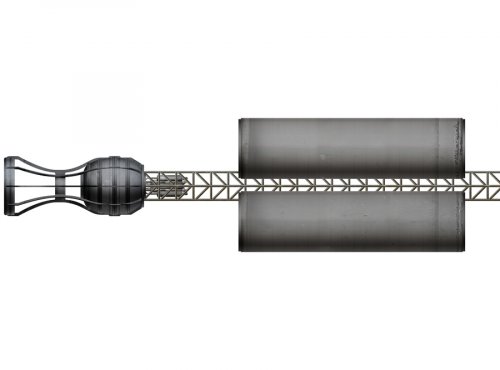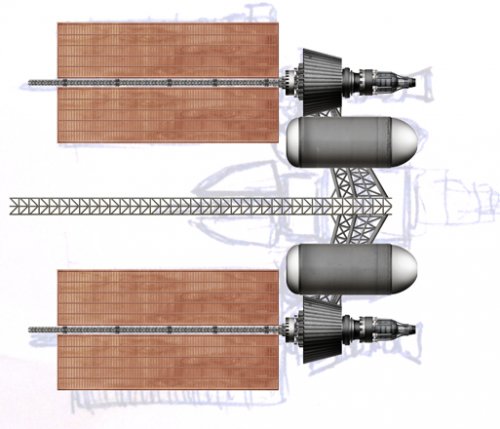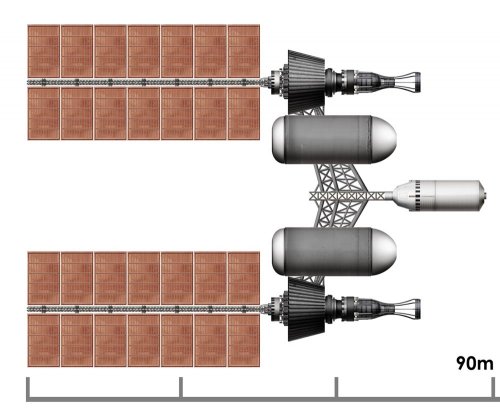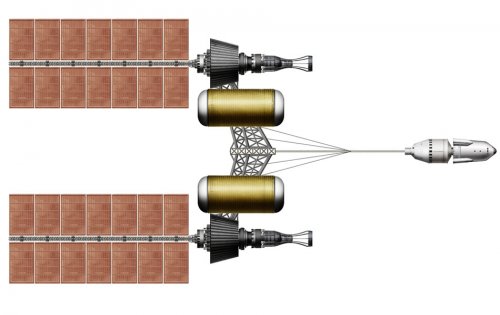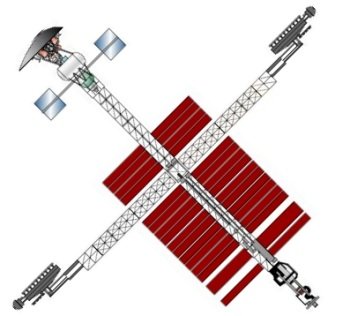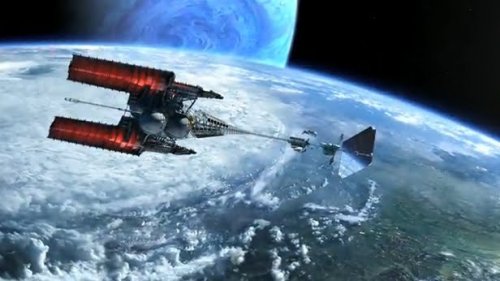In light of the wildly varying opinions on this somewhat polarizing topic I have a proposal that may require this being moved to Theoretical and Speculative or to Alternative History and Future Speculation. Not sure which.
I would like to employ my considerable artistic prowess to creating a illustrated conceptual design for a Manned Mission to Mars [for giggles no less] with the help of any in this discussion who have suggestions (professional or otherwise) and who could direct me to technical resources or links that may aid in the plausibility of this design. I ask that the optimism be restrained to something reasonable yet at the same time I would like to set our theoretical timeline to say 2070. I choose this date as it allows for some liberties regarding the types of technology that will permit useful science via a swift transit time, lengthier surface stays, reusability, better crew protection from the elements, and a superior payload.
This should be realistic but also fun - so I will also consider everyone's suggestions provided they are sound. Also for interest sake I'd like anyone with anything to offer to provide their nationality as well [if you like] so I may place their respective flags on our mission design. ;D
BTW. If I have treaded on any forum formalities regarding my offer I apologize in advance as I try not to run afoul of them.
I would like to employ my considerable artistic prowess to creating a illustrated conceptual design for a Manned Mission to Mars [for giggles no less] with the help of any in this discussion who have suggestions (professional or otherwise) and who could direct me to technical resources or links that may aid in the plausibility of this design. I ask that the optimism be restrained to something reasonable yet at the same time I would like to set our theoretical timeline to say 2070. I choose this date as it allows for some liberties regarding the types of technology that will permit useful science via a swift transit time, lengthier surface stays, reusability, better crew protection from the elements, and a superior payload.
This should be realistic but also fun - so I will also consider everyone's suggestions provided they are sound. Also for interest sake I'd like anyone with anything to offer to provide their nationality as well [if you like] so I may place their respective flags on our mission design. ;D
BTW. If I have treaded on any forum formalities regarding my offer I apologize in advance as I try not to run afoul of them.



